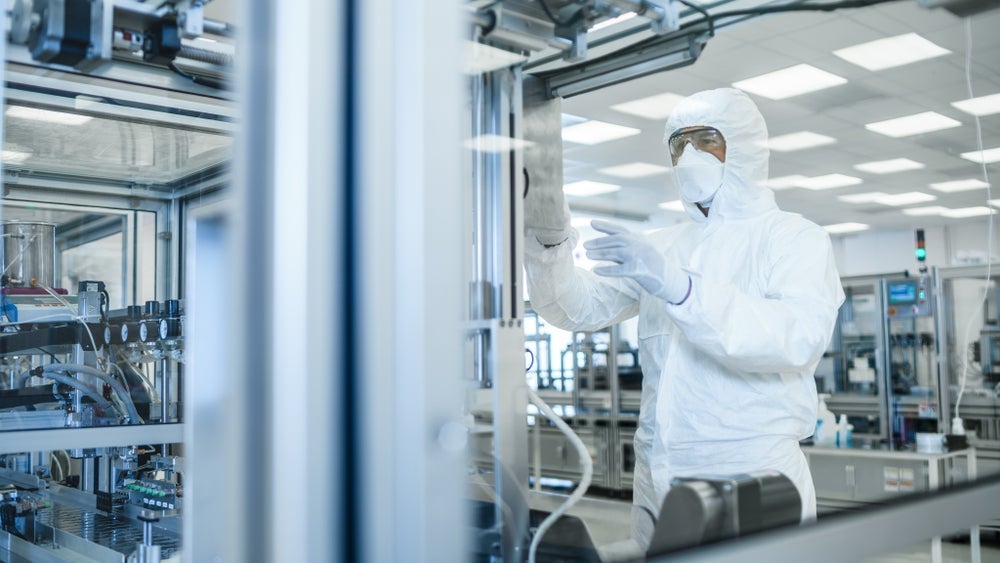3D printing, also known as additive manufacturing (AM), is the process of joining materials to make objects from three-dimensional model data, typically created layer upon layer.
As technologies develop and costs come down, 3D printing is replacing traditional prototype development approaches across various industries, and its use in healthcare is increasing fast.
Current applications of 3D printing in healthcare
3D printing enables customised digital manufacturing, meaning products can be constructed to fit an individual’s anatomy. Current customised medical devices are starting to be produced by printing, including prosthetics, implants, and surgical instruments.
Global Data’s 3D printing in medical devices report shows how dental applications of the technology were among the first to be medically approved and is the sector that uses it the most currently. However, 3D printing will be extensively adopted across various aspects of healthcare in the next ten years.
3D printing and its potential for drug development and delivery
3D printing has enormous potential in the pharma sector. Particularly, printing can create drug structures with controlled release profiles, which is not possible with traditional drug manufacturing methods. Personalised pills that release timely doses of medication tailored to an individual could improve efficiency and increase patient compliance.
In addition, polypharmacy (simultaneous use of different medications) is associated with poor patient outcomes. 3D printing can create polypills, which provide a patient’s medications in one pill, which would solve this issue. For example, the University of East Anglia made 3D-printed pills that do not rely on indigestible plastic but on the printing of finely powdered drugs. These printed medicines layer different medications in one pill.
Furthermore, high-resolution printing can make microneedles with complex geometries that can give more effective vaccinations than conventional methods. For example, Stanford and the University of North Carolina made a 3D-printed microneedle that has a 50 times greater immune response than vaccines delivered under the skin.
3D printing can be a useful tool to make cheaper and more effective microfluidic devices (systems that manipulate fluids), which are used for drug development and disease diagnosis. It also has the potential to improve microfluidic devices which create advanced models of similar biological conditions as found in the human body. This enables new diagnostic and therapeutic techniques without the need for human volunteers.
The obstacles to overcome
There are some obstacles to overcome, however, for the applications of 3D printing in healthcare to reach their full potential. For example, several 3D printing applications in healthcare are recent, and there is a lack of clear regulations on how to ensure that printed medical devices or drugs are safe and effective.
In addition, the price of 3D printers and materials is dropping but they are still expensive, which could slow the rate of implementation. Finally, even if printing is increasingly user-friendly, trained staff are still needed to use the printers and design the objects that need to be printed.









